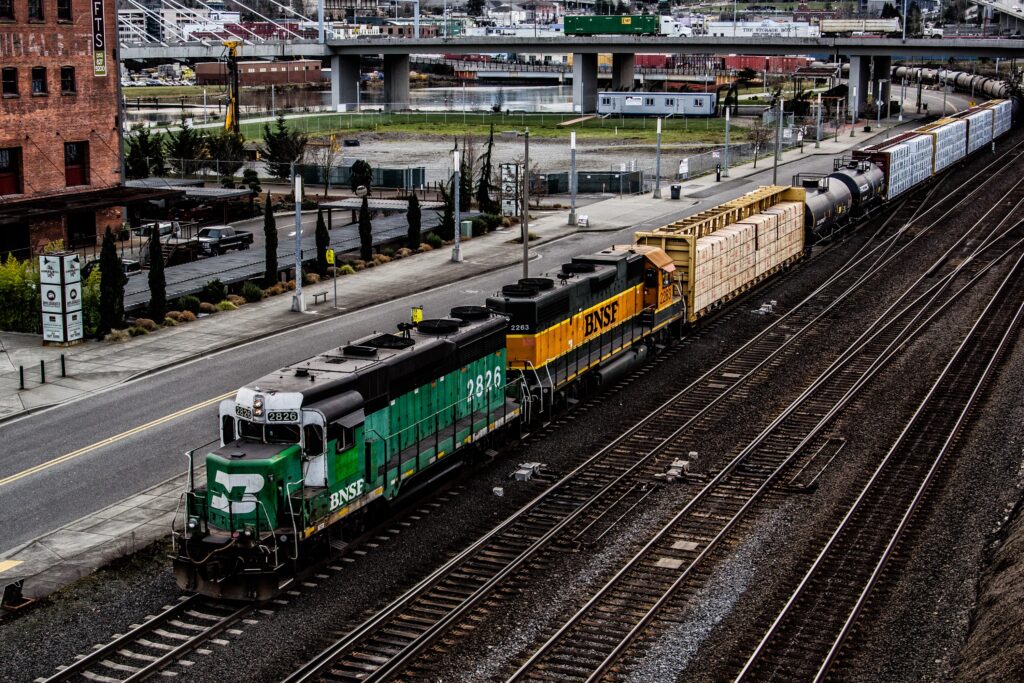04 December 2022 | Climate Tech
Trying to get on track
By
This week, a few different companies caught my eye because they all take a demand-side approach to climate change mitigation. And for those following along at home, I’ve been on a kick for everything demand-side of late.
Most companies’ approaches to changing how we move things and ourselves around hinges on fuel source:
- For vehicles, people look to EVs (or hydrogen, for those few ardent folks who are still be faithful to that cause)
- For shipping, people consider hydrogen, ammonia, methanol, or, more speculatively, batteries.
- For flight, its sustainable aviation fuels, hydrogen, or again more speculatively, batteries
One essential mode of transportation isn’t represented above. While you might have heard of a rail worker strike this week, you don’t hear all that much about electrifying freight trains. You’d need 100M more trucks in the U.S. to move the freight that trains do. Even as Tesla delivered its first electric semi trucks this week, 100M more trucks would mean a lot more emissions for many years.

Most freight trains in the U.S. use diesel as a fuel source. You could land right back at the fuel source question and ask what other options trains have to move the ~2B tonnes of freight they do annually. But trains are a more emissions-efficient way to move mass than trucks on the whole. And, as we covered last month, reducing emissions is about more than just fuel source.
This week, two companies announced funding rounds to focus on efficiency for rail transportation. RailVision Analytics out of Canada and rouvia out of Germany both want to reduce fuel consumption, and thereby greenhouse gas emissions, by making it easier to harness efficiency-enhancing improvements.
RailVision focuses on rail (as in the name) and designs its software to be used while onboard a train. The platform is thus more about train handling, things like train speed, braking, etc… Still, there’s no shortage of fuel reduction to come from helping train operators optimize speed and minimize unnecessary braking.
rouvia broadens the aperture to look for optimization opportunities inherent to truck, rail, and even barges across the full supply chain. Theirs is a bird’s eye view, looking for opportunities to optimize & fine tune at every turn. I imagine in many cases, unlocking emissions reductions comes from optimizing routes. Their platform helps companies with everything from planning and procurement to supply chain emissions tracking.
Either companies’ approach, whether on train car or from a bird’s eye view, can make a meaningful dent in the emissions produced by hauling freight. Even a 5-10% efficiency enhancement is a big deal for any company that moves goods by train or truck and has a net zero mandate. Scope 1 emissions for freight purveyors are another company’s Scope 3 emissions.
Said differently, a train operator is ‘directly’ responsible for the emissions their train produces by burning diesel. But those emissions are part and parcel of the supply chains for companies who ship goods or source inputs from rail freight.
The net-net
Investor and rail-operator appetite to fund and test these companies’ products highlights the catalytic impact that price has on innovation. The world is
steeped in a diesel shortage, though I wouldn’t blame you for not noticing as prices for gasoline at the pump have come down.